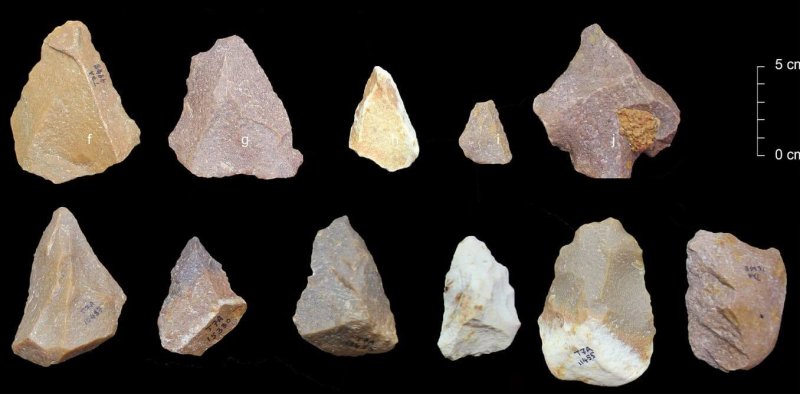Sometime around 400,000 years ago human ancestors went on an innovation bender. No longer content to make do with only the large hand axes and other hefty cutting tools that they and their predecessors had manufactured for more than a million years, they began fashioning sophisticated new kinds of stone tools.
…
One theory holds that our own species, Homo sapiens, masterminded this technological revolution in its birthplace, Africa. From there, our forebears carried this new culture into the rest of the Old World when they began dispersing out of Africa, introducing it to the archaic species they encountered in Eurasia, including the Neandertals. A second theory posits the last common ancestor of Neandertals and H. sapiens came up with the technology and passed the know-how down to its descendant species. Or maybe, some scholars have argued, different human groups independently developed this novel way of making stone tools.
…
In a paper published in the February 1 Nature, Kumar Akhilesh and Shanti Pappu of the Sharma Center for Heritage Education, India, and their colleagues report on the recovery of stone tools from Attirampakkam, a site on India’s southeast coast, that span the time between around 385,000 and 172,000 years ago.
…
If they are correct in their assessment, the Attirampakkam tools are by far the oldest Middle Paleolithic tools in India, besting the previous record holders by more than 200,000 years.
Read full, original post: Stone Tools from India Fan Debate over Origins of Cultural Complexity































